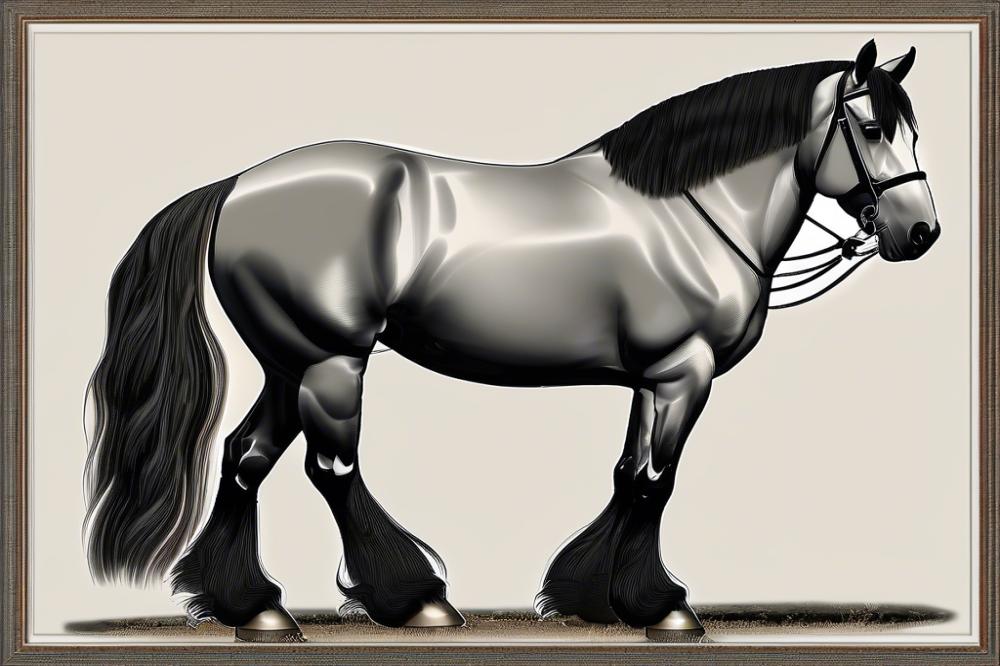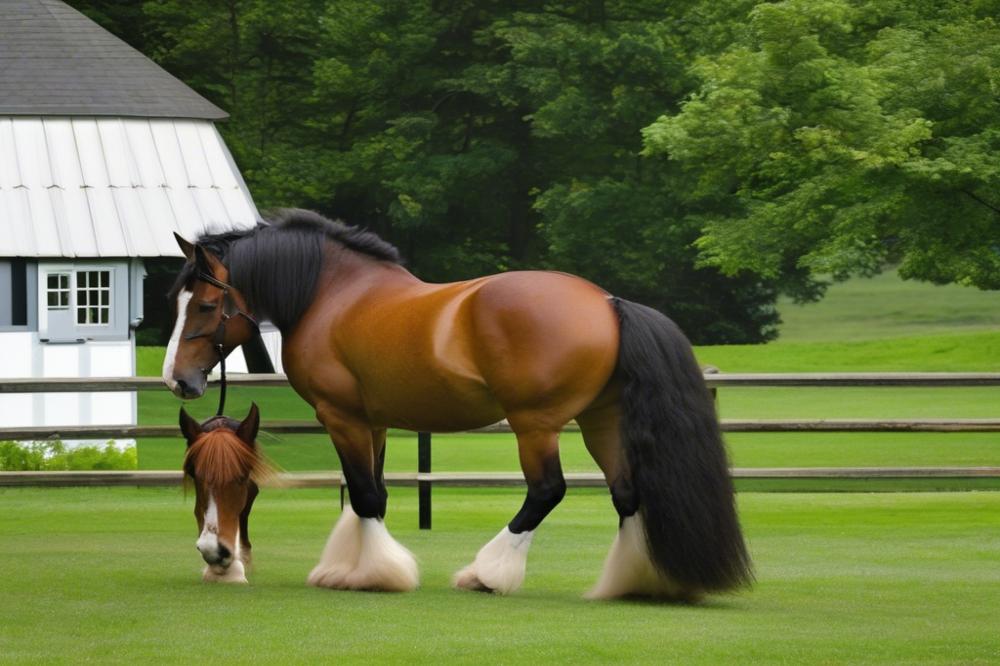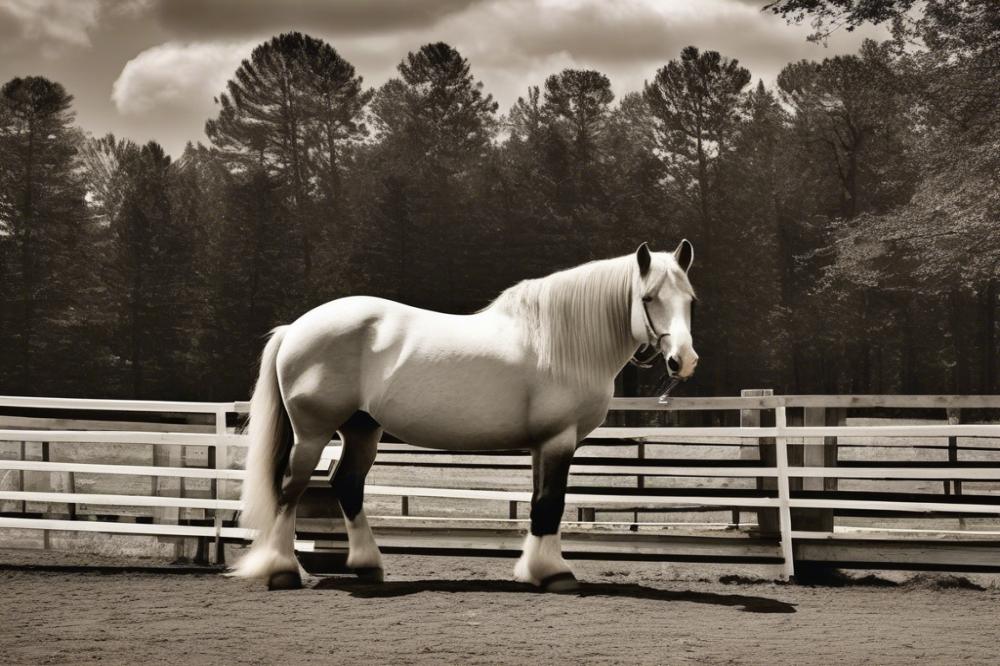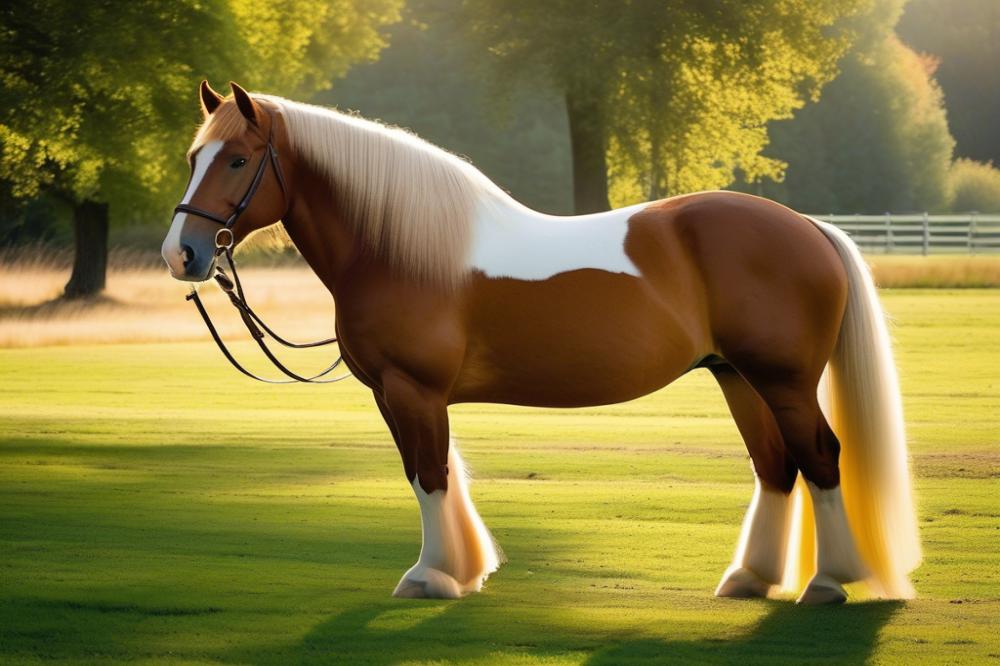Overview of Belgian Draft Horses
Belgian Draft Horses are known for their impressive size and strength. Originating from Belgium, these horses are among the largest in the world. They have a calm demeanor, which makes them great companions for various equestrian activities. Many riders are drawn to their gentle nature and hardworking spirit. These horses often excel in pulling heavy loads and participating in agricultural work. Their sturdy build is an asset in many riding scenarios.
Importance of Correct Posture in horse riding

Correct posture while riding a horse is vital for both the rider and the animal. Maintaining proper alignment allows for better communication between the two. When a rider sits correctly, they can use their aids effectively, enhancing the horse’s responsiveness. Poor posture can lead to discomfort, making the ride less enjoyable. Fatigue can set in much earlier when balance is lacking. Animals can sense a rider’s instability, which may cause anxiety for both parties involved.
Connection Between Posture and equestrian safety

The link between posture and safety in riding cannot be overstated. A well-positioned rider is less likely to fall off, as they remain more balanced and stable. Correct posture can also reduce the risk of injury during sudden movements. Riders should also note that flexibility contributes to a harmonious connection with the horse. Learning and applying Safe riding techniques helps prevent accidents. Therefore, achieving the right Belgian Draft Horse Posture is essential for a secure and pleasant experience in the saddle.
Understanding Belgian Draft Horse Posture

Let’s begin with the definition of Belgian Draft Horse posture. This term describes how a rider should position themselves while mounted on a Belgian Draft Horse. Achieving the right posture is crucial for both comfort and safety during riding. Recognizing the nuances of this body position can make a noticeable difference in how a ride feels.
Unique Anatomy of Belgian Draft Horses
Belgian Draft Horses possess distinctive physical characteristics. Their large, muscular frames are designed to pull heavy loads and work long hours. Thick necks and broad shoulders provide strength. A short back and powerful hindquarters allow them to carry weight with balance. Riders must take into account this robust anatomy when they choose how to sit. Misjudging the posture can hinder performance and even lead to discomfort for both horse and rider.
Importance of Proper Equine Body Position
Proper body position contributes to effective communication between the horse and rider. A well-balanced rider can guide the horse more efficiently, using subtle shifts in weight and position. Personal comfort also matters greatly. An improper posture can fatigue the rider quickly, leading to less enjoyment during the ride. Over time, consistent good posture can develop a better partnership with the horse. Understanding body alignment can help prevent injuries. Keeping both horse and rider safe should always be a top priority.
Essential riding techniques
Key Aspects of Riding Posture
Having the right posture is crucial while riding a Belgian draft horse. Your back should be straight, and shoulders need to be relaxed. Look forward, not down. Keeping your head up helps maintain balance and awareness. Position your legs gently against the horse’s sides. This gentle pressure is key to effective communication with your mount. Hands should hold the reins lightly, allowing for a natural flow of movement.
Maintaining Rider Balance on a Draft Horse
Balance is critical when riding any horse, especially a large draft horse. Sit evenly in the saddle, distributing your weight on both sides. You may need to adjust your position during different gaits. When the horse moves, your body should move rhythmically with it. Leaning too far forward or backward can create an unsteady ride. Use your core muscles to enhance stability. This core engagement can help in feeling more connected to your horse.
The Role of Saddle Fit in Riding Posture
Saddle fit significantly impacts both rider comfort and equine performance. A well-fitted saddle allows for better posture while riding. It should sit evenly on the horse’s back and not pinch at any area. Ensure that the saddle does not cause discomfort for the horse. An inaccurately fitted saddle leads to problems both for you and the horse. Riders should check for signs of soreness or agitation in their horse regularly.
Techniques for Optimal Equine Health
Taking care of a horse’s health is paramount while riding. Riders should be conscious of their horse’s movements to spot any discomfort quickly. After rides, perform simple stretches with your horse. This can help in relieving tension. Hydration is essential too; make sure your horse has access to fresh water before and after exercise. Regular check-ups with a veterinarian ensure that your equine companion stays in the best shape.
horse riding Tips for Safety and Comfort
Checklist for equestrian safety
Before you ride, check your gear. Helmet, boots, and gloves are essential. Ensure the saddle is secure, and the bridle fits well. A clean environment is also vital. Remove any debris that could cause slips or falls. The horse should be calm and well-groomed. Inspect for any signs of injury or discomfort. A thorough safety check promotes a positive experience for both horse and rider.
Best Practices for Horse Handling
Approach the horse calmly. Speak softly to prevent startling it. When leading, always stay at the horse’s shoulder. This position allows for better control. Use a gentle hand when tying the horse. Be mindful of your surroundings as you handle the reins. Practicing patience builds trust, which is crucial in horseback riding.
Importance of Comfort for Both Rider and Horse
Comfort affects performance. A well-fitted saddle ensures the horse moves freely. This increases its willingness to participate. Likewise, wear clothing that allows movement. If the rider feels restricted, the horse may sense this tension. Both horse and rider should enjoy the activity to enhance their bond.
Adjustments for Varying Riding Environments
Different terrains require different techniques. When riding on trails, maintain a steady pace. Pay attention to the horse’s footing on uneven ground. In an open field, allow space for the horse to stretch its legs. When in close quarters, such as in an arena, keep the pace slow and controlled. Each environment presents unique challenges. Adaptation helps promote safety and enjoyment during the ride.
Draft Horse Care and Maintenance
Routine care for Belgian Draft Horses
Regular grooming is vital for Belgian Draft Horses. This includes brushing their thick coats to remove dirt and debris. Routine hoof care must also be prioritized; checking and cleaning their hooves prevents problems. Feeding a balanced diet is essential for their health. A mix of hay and grains keeps them strong and energetic. Additionally, hydration is key, especially during warmer months. Horses appreciate clean water, so check their troughs frequently.
Impact of physical conditioning on riding posture
Physical conditioning plays a significant role in how a rider sits on a Belgian Draft Horse. A well-conditioned horse can maintain a balanced stride. Riders should focus on exercises that improve both horse and rider strength. Building core muscles helps in achieving and maintaining proper posture while riding. Consistent conditioning practices lead to more enjoyable rides. When horses are fit, they respond better to cues.
Tack considerations for draft horse riders
Selecting the correct tack is crucial when riding draft horses. Suitable saddles must provide enough support for both the horse and the rider. Look for saddles specifically designed for the size and shape of draft horses. Bridles should also be chosen with care, ensuring a comfortable fit. The right equipment contributes to a positive riding experience. Additionally, keep tack clean and well-maintained to enhance its longevity.
Recognizing signs of discomfort in the horse
Being attentive to a horse’s behavior is important for safety. Signs of discomfort can vary widely. Watch for changes in posture; a horse that shifts its weight might be in pain. Excessive sweating not linked to exercise can be a signal of stress. Pay attention to any signs of reluctance when moving or following commands. If a horse displays unusual behavior, it could indicate a need for care or a check-up. Listening to their body language makes a difference in their well-being.
Final Thoughts on Riding with Proper Posture
Recapping the essential components of riding a Belgian draft horse is important. You need to remember the significance of maintaining a balanced and centered seat. Keeping your shoulders back and relaxed contributes to good posture. Leg position plays a key role too; legs should hang down naturally, making solid contact with the horse’s sides. Equally vital is holding the reins with a firm yet gentle grip, allowing for effective communication with your equine partner.
Focusing on correct posture is crucial for equestrian safety. Not only does it enhance your riding experience, but it also minimizes the risk of accidents. Riders who practice maintaining the right form are better prepared to handle unexpected moments. Safe riding is paramount, and being mindful of your position makes a real difference. Each ride provides a chance to improve these skills, ensuring more enjoyable experiences with your horse.
Encouragement is key when it comes to mastering horseback riding techniques. It takes time and practice to develop a strong understanding of body mechanics in the saddle. Remember to be patient with yourself as you refine your abilities. Each session is an opportunity for growth, learning, and connection with your horse. Always strive for progress, and keep learning about proper riding practices. Your commitment will lead to greater confidence and safety in the saddle.



